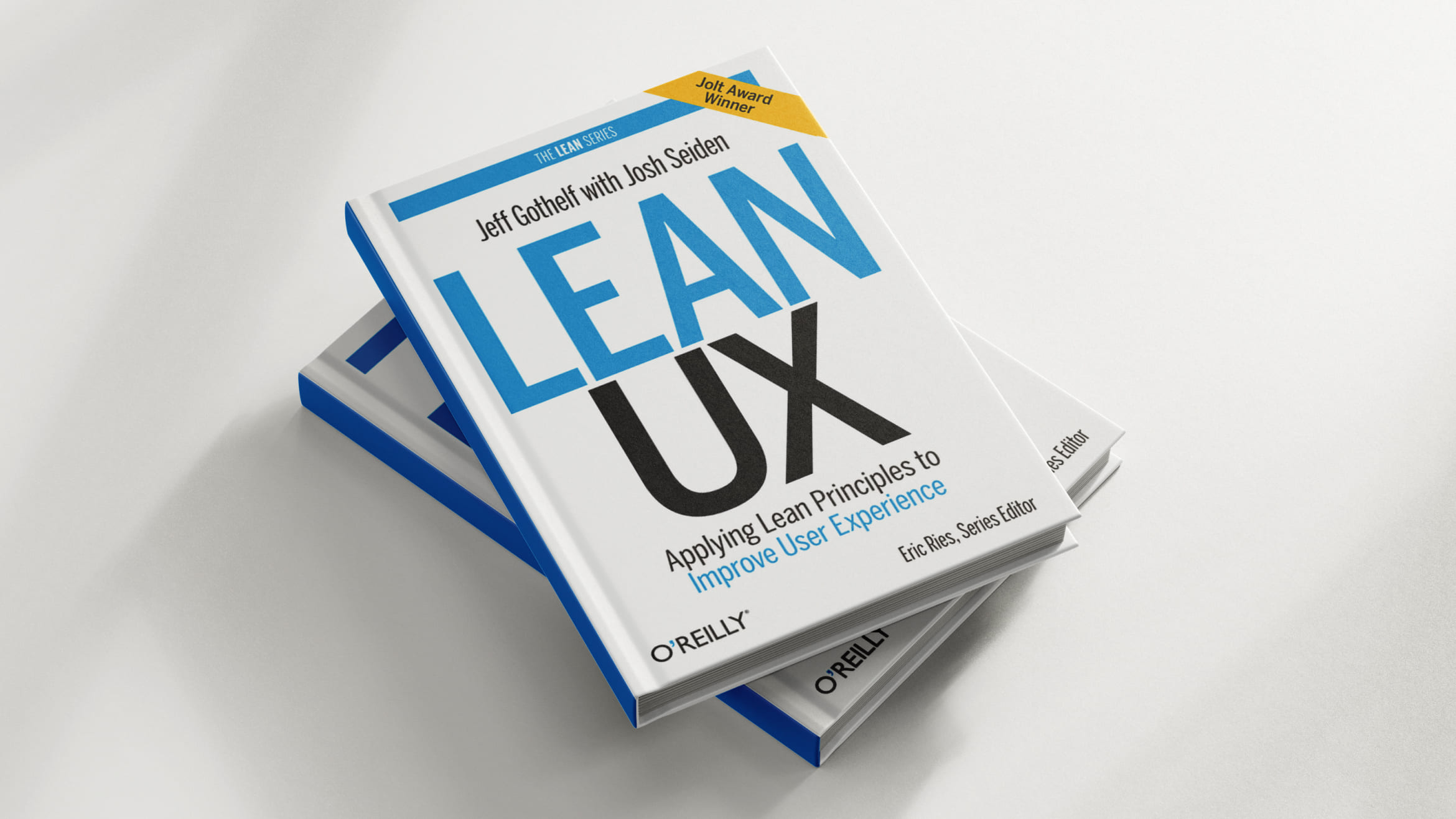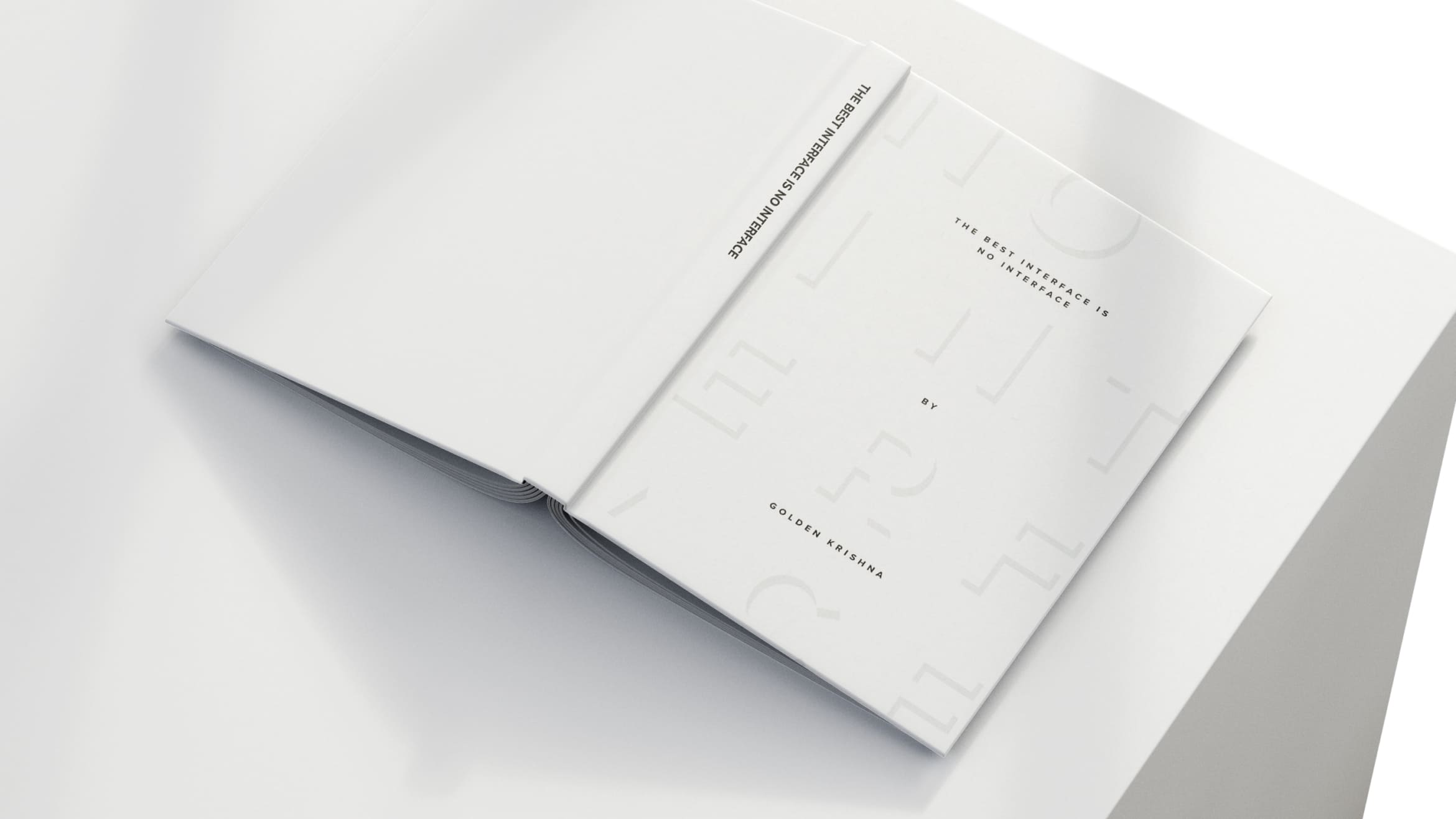8 Best UX Themed Books for Your Vacation

The vacation season is almost here! It's the ideal time to take a break from work. If you're a UX designer, this is the perfect time to relax and recharge. But why not use some of that time to learn and grow? Taking a few good UX books with you on your trip can be both relaxing and enriching. You can enjoy your time off while also getting new ideas and inspiration for your work. Here are 8 of the best UX books that you should consider reading during this time.
"Designing for the Digital Age: How to Create Human-Centered Products and Services" by Kim Goodwin (2009)
Kim Goodwin’s "Designing for the Digital Age" is a comprehensive guide to creating human-centered products and services. The book covers every aspect of the design process, from initial research to final implementation. It’s thorough, well-organized, and packed with useful information. Topics include assembling a design team, planning and conducting user research, analyzing data and creating personas, using scenarios to define requirements and design, collaborating in design meetings, evaluating and improving your design, and documenting the final design in a way that is useful for engineers and stakeholders.

"Hooked: How to Build Habit-Forming Products" by Nir Eyal (2014)
This is an essential book for UX designers that explores the psychology behind creating habit-forming products. Eyal introduces the ‘Hook Model,’ a four-step process designed to make products that users engage with repeatedly. The model includes Trigger, Action, Variable Reward, and Investment, helping to understand and meet user needs. The author supports his model with practical examples and case studies, showing how companies like Facebook and Instagram use this model to create products that users can’t resist. The book is a useful guide for product marketers, UX designers, product designers, and entrepreneurs who want to develop products that form lasting habits.

"Lean UX: Applying Lean Principles to Improve User Experience" by Jeff Gothelf and Josh Seiden (2016)
The Lean UX approach to interaction design is perfect for today’s digital-focused world. In this insightful book, leading advocate Jeff Gothelf teaches you Lean UX principles, tactics, and techniques from the ground up – how to quickly experiment with design ideas, validate them with users, and improve your design based on what you learn. Inspired by Lean and Agile development theories, Lean UX focuses on the actual experience being designed, rather than on deliverables. This book shows you how to work closely with other product team members and gather feedback early and often. You’ll learn how to drive the design in short, iterative cycles to see what works best for the business and the user.

"The Best Interface Is No Interface: The Simple Path to Brilliant Technology" by Golden Krishna (2015)
Our obsession with digital screens has reached extreme levels, infiltrating every aspect of our lives from work meetings to bedtime routines. Screens dominate our existence, with the average person spending more than eight hours a day glued to them, and some companies are trying to grab even more of our attention. Whether it's smartphones in our pockets, screens in cars, on household appliances, or even on wearable devices, screens are everywhere. The addictive nature of apps constantly pulls us into checking our devices over 100 times a day, distracting us from important things like family, sleep, and safety. Through insightful and humorous critique, Golden Krishna presents three principles for more meaningful innovation, advocating for a future where the best interface is no interface at all.

"Articulating Design Decisions: Communicate with Stakeholders, Keep Your Sanity, and Deliver the Best User Experience" by Tom Greever (2015)
Every designer had to justify their designs to non-designers, but many struggle to explain their choices in a convincing way that gets others to agree. Effectively explaining design decisions is crucial for a project's success because the best communicator often wins. This valuable book offers tips on how to effectively communicate your design choices to stakeholders, and offers tips on presenting your ideas clearly and convincingly, ensuring that your designs are understood and appreciated by all team members. It’s a must-read for any designer who wants to improve their communication skills.

"Sprint: How to Solve Big Problems and Test New Ideas in Just Five Days" by Jake Knapp (2016)
"Sprint" by Jake Knapp introduces the design sprint process developed at Google, offering a practical and easy-to-follow method for testing ideas with real users in just five days. From inside Google Ventures, this unique process has been proven effective across various industries like mobile, e-commerce, healthcare, and finance. This book is perfect for designers seeking a fast and efficient way to solve problems and innovate. It guides teams of any size, from startups to Fortune 100s, through a step-by-step, five-day process that moves from problem to prototype to tested solution, helping to focus efforts on work that truly matters and leveraging the best contributions of everyone on the team.

"Seductive Interaction Design: Creating Playful, Fun, and Effective User Experiences" by Stephen Anderson (2011)
What happens when you’ve built a great website or app, but no one seems to care? How do you get people to stay long enough to see the value of your service? Stephen Anderson explores how to make user experiences enjoyable and engaging. He takes a fresh approach by looking at the stages of seduction to capture users' attention and keep them interested. The book is full of visual examples and fun insights to help you create more delightful and effective designs.

"The Design of Everyday Things" by Don Norman (2013, Revised and Expanded Edition)
This book can’t be missed in any UX books list. Don Norman's "The Design of Everyday Things" is simply a must-read. This book isn't just about digital products but about all kinds of objects we use daily. Don Norman explains why some designs succeed while others fail, helping readers grasp fundamental design principles for their UX work. The book emphasizes the importance of user-centered design and cognitive psychology principles, highlighting common design flaws like hidden controls or confusing feedback. The approach remains relevant today, making this book an essential resource for designers aiming to create user-friendly products that delight users rather than frustrate them.

Conclusion
As you head into the vacation season, consider taking some time to relax with a good book. These UX-themed books are perfect for gaining new insights and improving your design skills while you enjoy your vacation. Whether you’re lounging by the beach, exploring new places, or simply enjoying some quiet time at home, these books can be your companions in learning and discovery. Happy reading!



